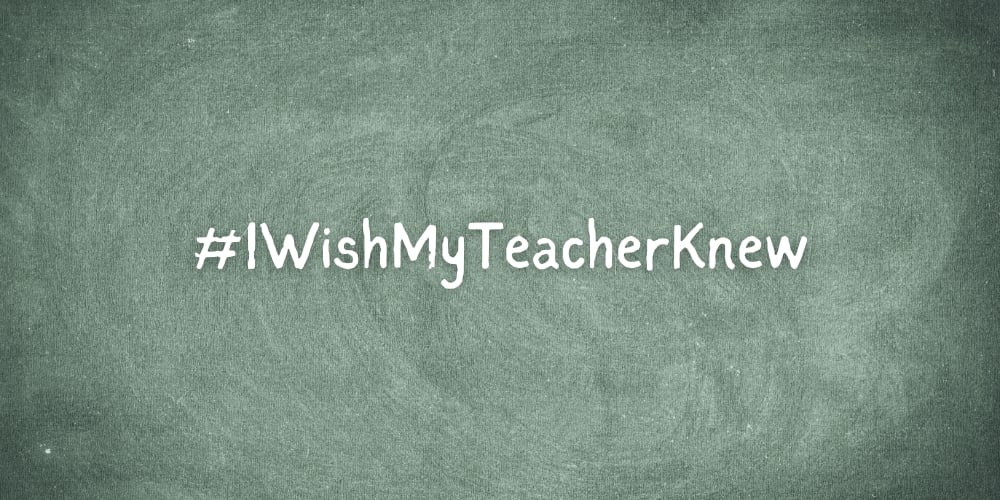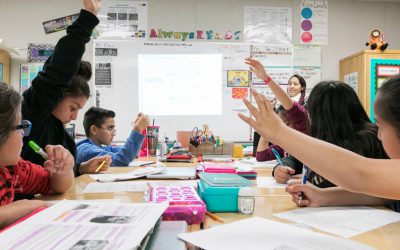Three things we’ve learned about student ownership of learning
The promise of instilling ownership of learning in students has been proffered for decades. Ask fellow educators about students owning their learning and you’re likely to hear that it’s incredibly important to student success.
You’re also likely to hear a wide range of definitions for what this expression means. Often I hear a focus on a particular aspect of ownership, namely “choice,” which, at the most basic level, can mean just giving students a list of activities that they can approach in any order. While choice is one important element of ownership, it cannot by itself produce the larger benefits that a more comprehensive view of ownership promises – one that technology can now fully support.
At PowerMyLearning, we have focused for years on developing students’ ownership of learning in our on-the-ground school partnerships. In this column, I wish to share with you some gems of what we’ve learned.
First, our work in this area has forced us to hone our definition of student ownership and to modify it as we continue to learn. Our definition now is as follows: students knowing what they do know and do not know (metacognition); students engaging in meaningful self-remediation and self- enrichment; students seeking help and persisting; and students effectively learning with their peers. We have also begun to see the exciting potential of students not just “learning” with their peers, but teaching them.
Second, technology by itself cannot unleash student ownership for the vast majority of students. While technology in the classroom might make it easier for teachers to give students a choice of which activities to do next, that does not mean that students will make the best choices among the activities provided or that students will automatically learn how to reflect on the choices they make in order to do better next time. Most students need support to learn the skills necessary to truly “own” their learning, and educators need support to instill these skills in students.
Self-remediation provides a helpful example. In PowerMyLearning partner schools, which serve high-poverty communities, we have seen as many as 87% of middle-school students agreeing that they could use technology resources like PowerMyLearning Connect to help them “learn things in math class that I do not understand.” This is pretty exciting, especially if you consider that these students did not start out feeling this way. In middle schools across the country, most students need support to learn how to self-remediate. Even being able to use online videos to learn often needs to be taught – none of us learn by just passively sitting back and “watching” a short video. To learn, we have to exert effort. Some of the best teachers we have seen demonstrate to students how to make this effort by modeling behaviors like pausing the video, taking notes, and forming questions in their minds while they watch. (Daniel Kahneman describes how learning requires effort in his best-selling book Thinking Fast and Slow.)
Third, I feel strongly that we should define student ownership of learning as a set of skills related to the self (intra-personal skills) and to interacting with others (inter-personal skills). To unstick ourselves when stuck, we can certainly go it alone (self-remediate) but we may also want to turn to peers. To enrich our learning, we can certainly fly solo (self-enrichment) but we may also want to reach out to experts to learn more. One compelling example of a teacher supporting both the intra-personal and inter-personal ownership skills of her student comes from one of our partner schools in the South Bronx. Azlynn Cornish, a talented middle school teacher, found a project online for teaching the Pythagorean theorem using a murder mystery. She adapted this lesson to create a Playlist on PowerMyLearning Connect. She started the Playlist with a digital learning activity that reviewed the concept and then had students check their own understanding of the concept by completing a quick assessment (at this point, each student was “going it alone”). Next, each student drew a virtual sketch based on details from a word problem. In each case, students were able to discern that drawing a right triangle would help them to understand the distance between the suspect and the victim by applying the theorem. Students uploaded their sketches using a digital learning tool called a “padlet” (see their work below).
The students then formed groups and discussed, processed, and explained their thinking to one another in order to solve the murder. (Here, the students are learning with peers.) Azlynn provided support for the students as they went through each part of the Playlist. She helped those students who were struggling with checking their own understanding and later helped those students who were having difficulty explaining their thinking to their peers. It was this kind of targeted support that enabled all of her students to be successful.
Azlynn’s work demonstrates how technology offers incredible opportunities to fulfill the full promise of student ownership – both the intrapersonal and interpersonal aspects of it.
Are you an educator who tries to help your students develop ownership of their learning? Have you ever tried having student be “teachers” to their peers?
This article originally appeared in PowerMyLearning’s October 2016 newsletter.


